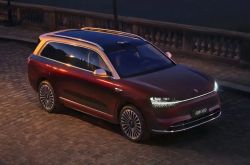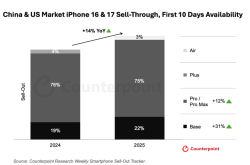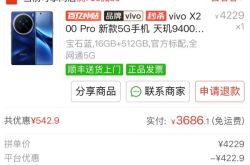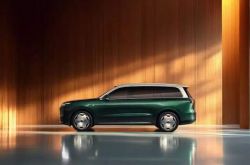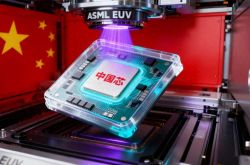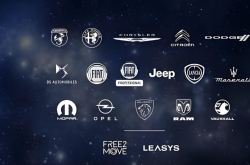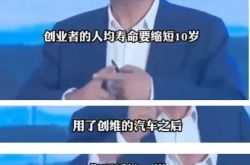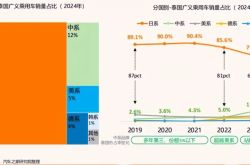Tesla's Self-Driving Cars: A Vision Realized
![]() 06/19 2025
06/19 2025
![]() 855
855
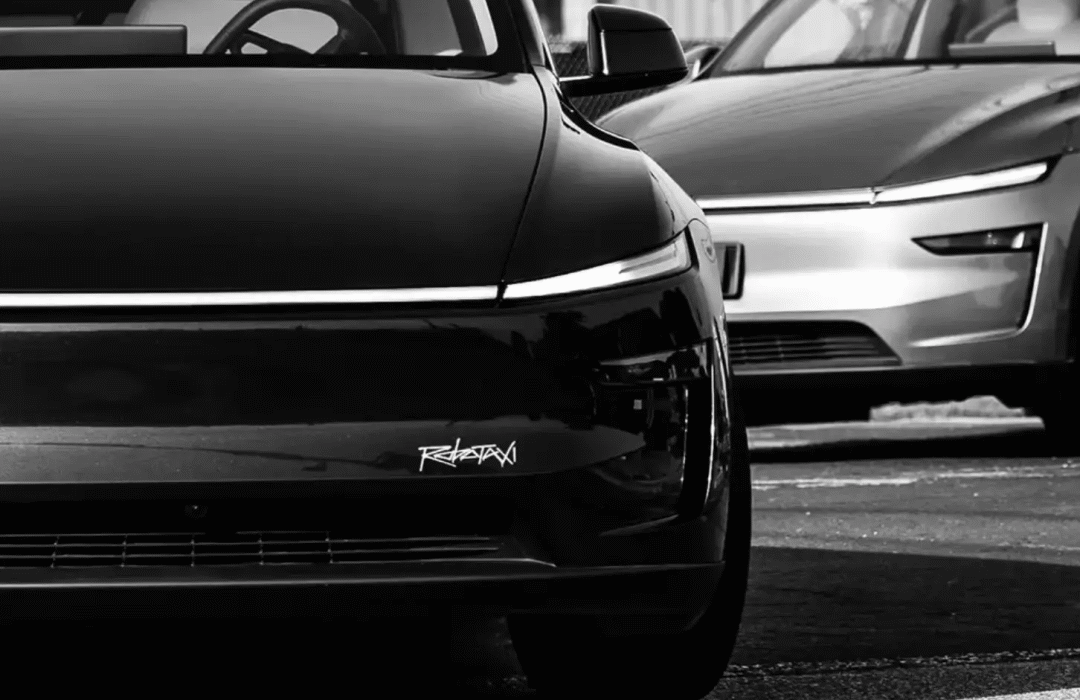
Experience one as early as this week
Author | Wang Lei
Editor | Qin Zhangyong
Tesla's Robotaxi era is upon us.
Half a month ago, Elon Musk, freshly returned to Tesla, dropped a bombshell: the first fully self-driving Tesla vehicle would "drive from the production line to the owner's home" on June 28, stirring up excitement across the automotive industry.
The latest news indicates that Tesla's Robotaxi service will commence trial operations ahead of schedule, offering ride-hailing services to the public on June 22, this Sunday. Musk himself will attend the launch ceremony.
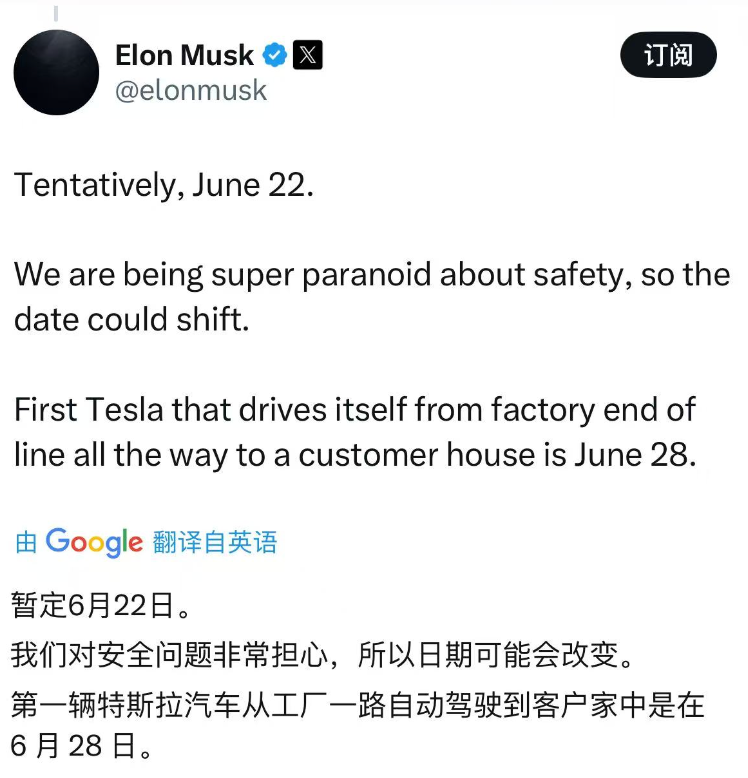
According to Musk, the trial will involve a minimal fleet of only 10 to 20 Robotaxis, featuring the Model Y equipped with the new "unsupervised" FSD (Full Self-Driving) technology.
The official website of the Austin Department of Transportation and Public Works also confirms that Tesla has been listed as a Robotaxi operator and, like other autonomous vehicle companies, is in the "testing" phase.
With the unveiling of Tesla's Robotaxi images, Musk's long-promised vision is set to be put to the test by the public.
01
It's Actually a Model Y
Given Musk's history of missing deadlines, he has hinted that the trial operation date may still change, stating, "Due to extreme caution regarding safety, the launch date may be adjusted."
Whether it operates as scheduled remains uncertain, but Tesla's Robotaxi is already on the road.
Just before Musk announced the tentative June 22 date for public Robotaxi services, he shared a video on his platform "X".
The video showcases a refreshed Model Y turning left at an Austin intersection, notably driving autonomously without a driver in the driver's seat. Although the vehicle has a steering wheel, there is no driver present. It is followed by another white Model Y, but this one has a driver.
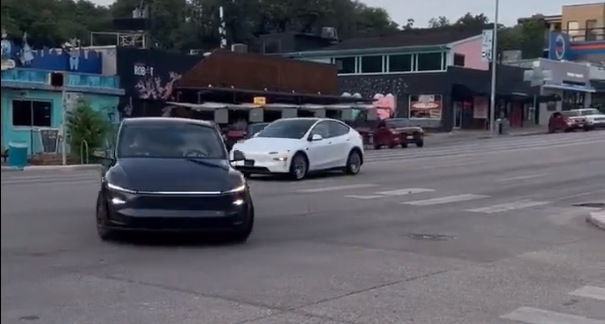
Furthermore, Musk tweeted directly, "These are unmodified Tesla cars straight from the factory, meaning every Tesla car that rolls off our factory floor is capable of unsupervised autonomous driving."
From the video, this autonomous Model Y appears almost identical to a regular refreshed Model Y, with the only difference being the "Robotaxi" logo on the front door.
Moreover, just a few days ago, Ashok Elluswamy, head of Tesla FSD, shared several high-resolution images of the Robotaxi version of the Model Y:
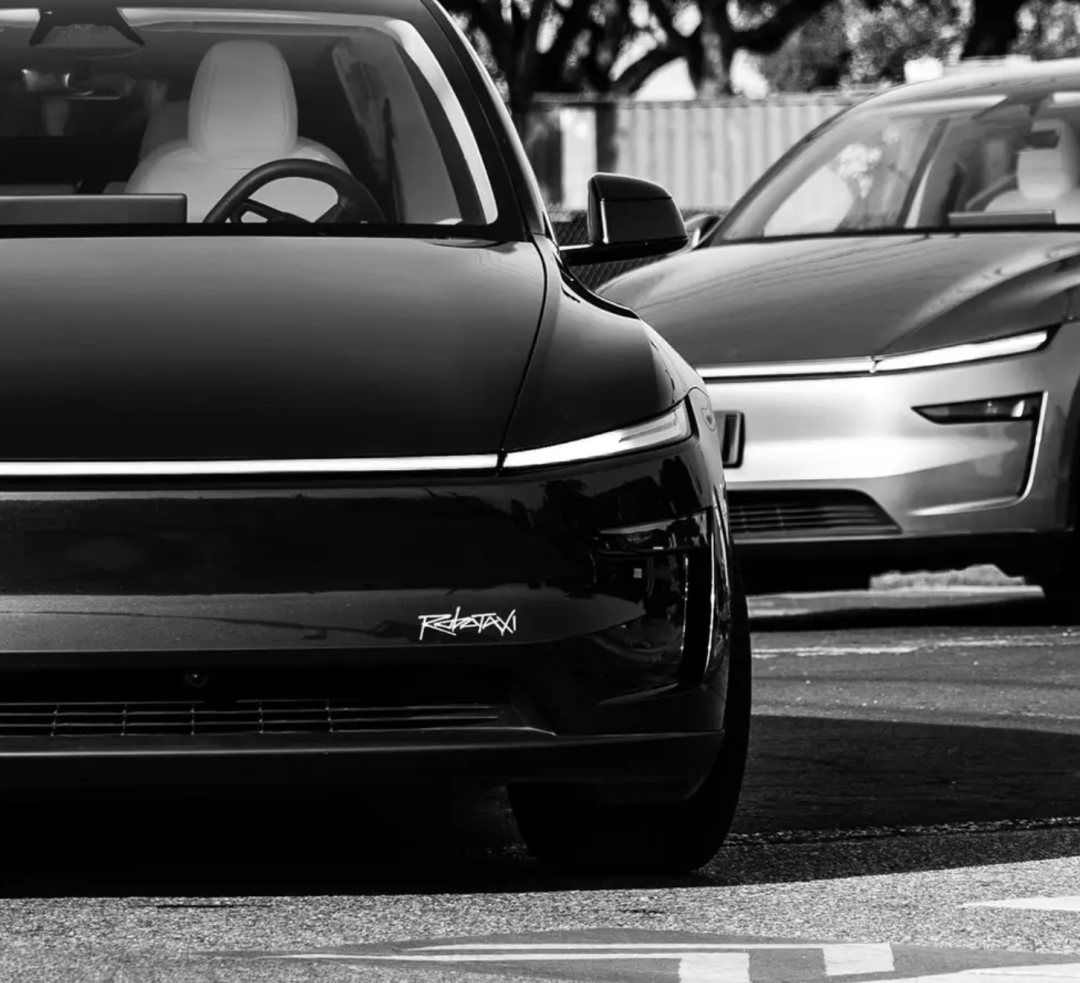
It is evident that the vehicle retains the basic structure of the mass-produced Model Y but adds a "Robotaxi" logo in a similar art style to the "Cybertruck" on the front, doors, and rear, serving as the only external identifier.
Even on platform X, there has been a buzz of excitement about spotting Tesla's Robotaxi around the city. Many bloggers have shared videos of encountering Tesla's Robotaxi and have generally given positive reviews.
For instance, overseas blogger Nic Cruz Patane remarked, "The driver's seat of the Tesla Robotaxi electric vehicle being tested is unmanned, and the vehicle relies on the unsupervised intelligent assistance system to operate very smoothly and perform excellently."
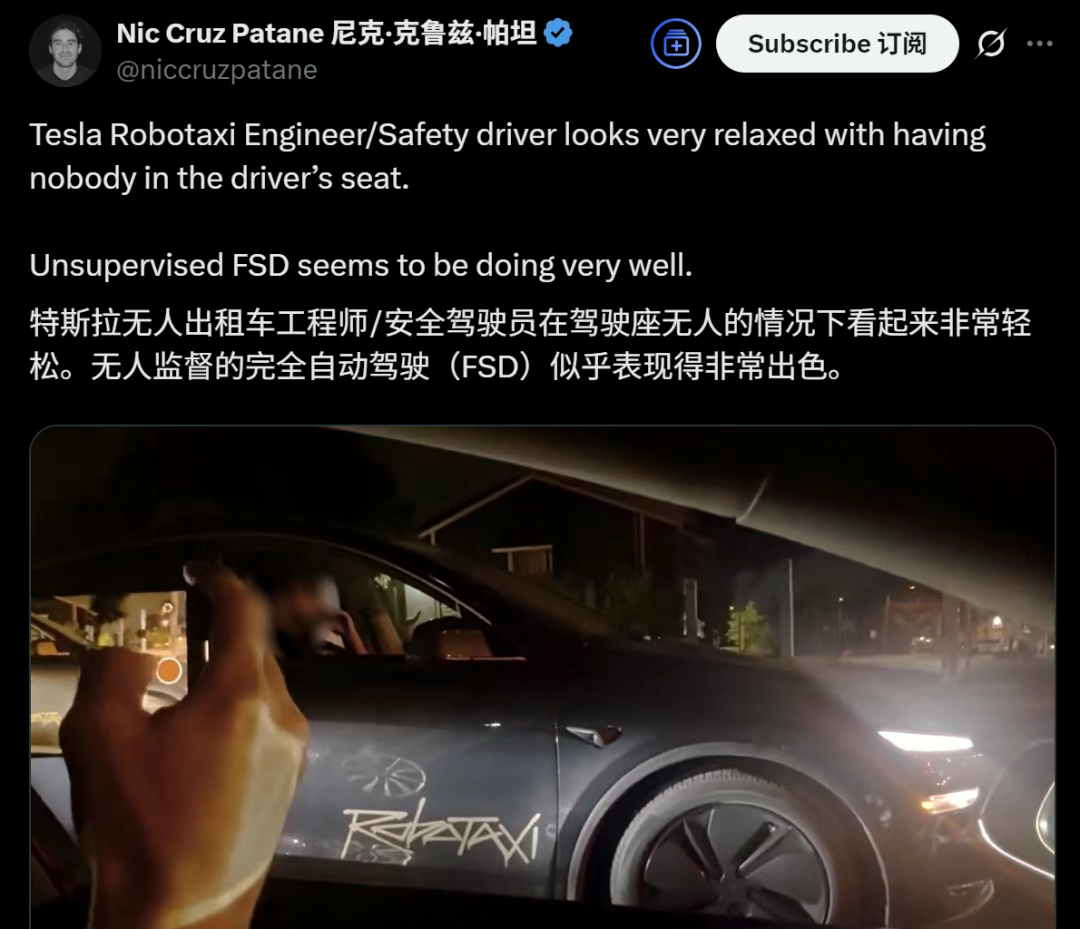
Based on this, it can be inferred that the above video likely captures Tesla conducting final-stage testing, with unsupervised vehicles traveling from point A to point B, but with a safety supervision vehicle nearby.
According to Musk's plan, this trial operation is highly cautious, involving only 10-20 Robotaxi versions of the Model Y. These vehicles will be strictly limited to a specific area for invitation-only trial operations using geofencing technology.
In addition, each vehicle will be equipped with a remote monitoring system, allowing back-end operators to intervene in real-time, and users in the vehicle can trigger emergency braking with one button on the in-car screen. This "limited scenario + multiple safeguards" model demonstrates Tesla's meticulous approach to conducting this trial operation.
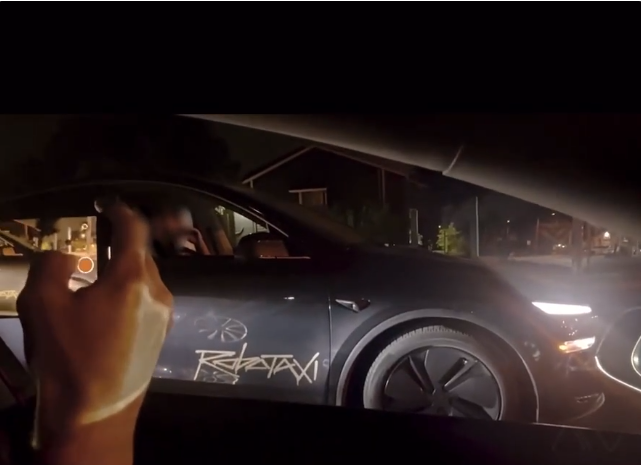
Six days after the trial operation, on June 28, Tesla will complete the world's first hands-off delivery of a fully autonomous vehicle—without a steering wheel or pedals, fully operated by Tesla's latest FSD (Full Self-Driving) software, driving autonomously from the production line to the first customer's home.
However, it will take some time to roll out this technology more broadly.
Although the Robotaxi operating in Austin is identical in appearance to current vehicles, the FSD version on the Robotaxi vehicles differs from that on passenger vehicles.
At the end of May, Musk revealed that the first batch of self-driving Tesla Model Ys would be equipped with the latest HW5.0 hardware platform, featuring four 4D millimeter-wave radars, 12 high-definition cameras, and a new Dojo supercomputer chip with a computing power of up to 1.1 EFLOPS, a five-fold increase over HW4.0.

Its FSD system has also been upgraded to version V12, entering the mature application stage of the "end-to-end neural network model," significantly enhancing its ability to handle complex scenarios and possessing "anthropomorphic decision-making capabilities."
Furthermore, when responding to netizens' questions, Musk disclosed that the current vehicles are equipped with a new version of FSD but will soon be merged into the main branch.
He also shared some details about the next version of FSD, stating, "We have a more advanced model in the Alpha stage (internal testing phase)." Musk noted that the model is in the early stages of development and is more advanced in performance, with 4.5 times the number of parameters of the current model, but the algorithms and other aspects still require substantial optimization and improvement.
This indicates that Tesla is still some distance away from true Robotaxi operations.
02
Will the Promise Be Fulfilled?
"When the Robotaxi platform is open to the public, anyone can hail an unmanned Model Y through the Tesla APP."
This is the basic scenario of future travel that Musk initially envisioned for people.
This trial operation, whether successful or delayed, marks a milestone for Tesla and signifies that Musk's previously promised vision is beginning to materialize.
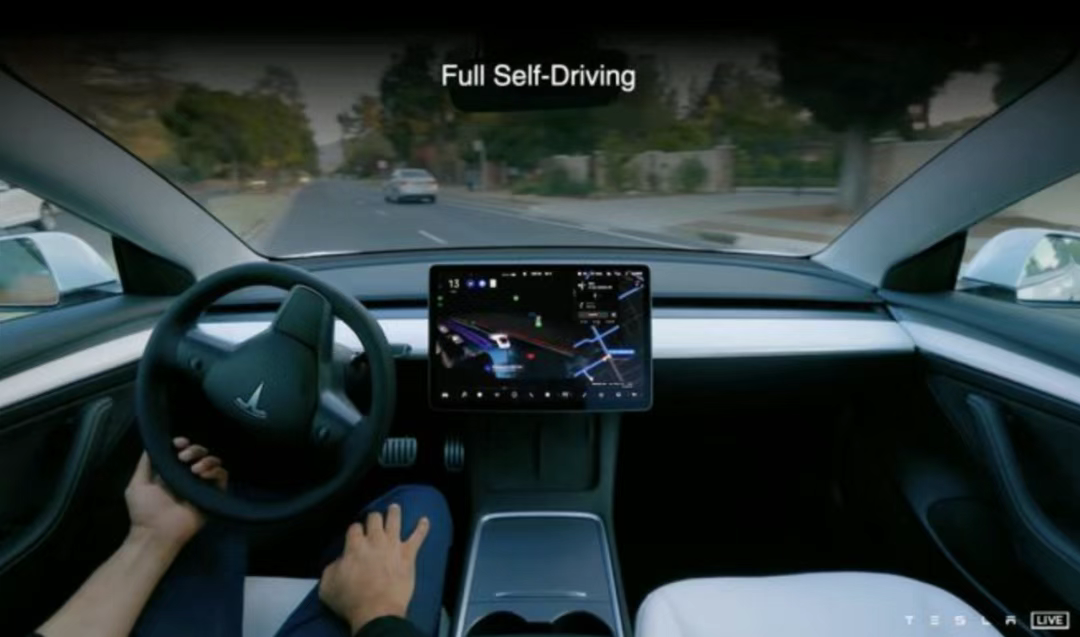
Before this, the biggest hurdle for autonomous vehicles hitting the road was not technology but approvals.
You can now visit the "Autonomous Vehicle Deployment" public website of the Texas Department of Transportation (TxDOT) and search for Tesla. You will find that Tesla is prominently listed, and you can see its status: Testing phase.
Moreover, on this website, you can monitor the status of all authorized vehicles, including accidents, traffic jams, or even vehicles "stuck on the road," which must be reported to the regulatory authority within 24 hours and subsequently made public. This is akin to installing a surveillance camera for Robotaxi subject to public scrutiny.
Who else is on this list?
Veterans in the autonomous driving field such as Waymo and Zoox are also present. The difference is that players like Waymo have already reached the "deployment" phase.
Tesla's inclusion on this list signifies that it has submitted a comprehensive set of safety materials to the state government and obtained the official status of a "Testing AV operator" (Robotaxi operator).
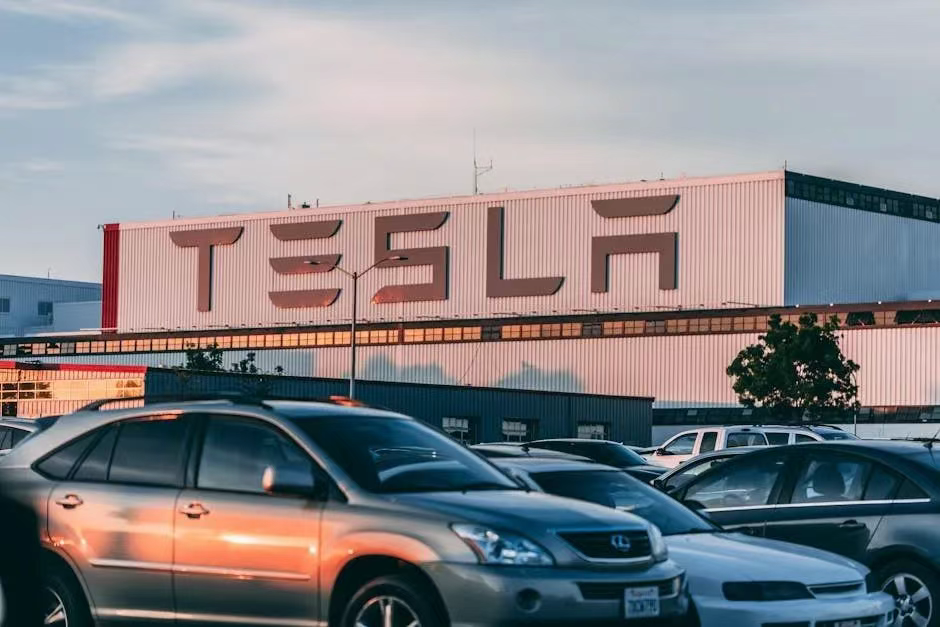
However, it is worth mentioning that after Musk announced the pilot timing for Robotaxi, voices of opposition also emerged.
According to reports, on Thursday local time, many people gathered in downtown Austin to express their concerns about Tesla's launch of autonomous taxis. Some protesters believed that there were safety issues with Tesla's partial autonomous driving system.
Encountering protests even before its official launch, it is foreseeable that Tesla's path will not be smooth.
Musk, however, does not share this view. According to his vision, Tesla not only plans to operate its own fleet but also allows private car owners to integrate their Teslas with full self-driving (FSD) capabilities into the Robotaxi network. Tesla owners participating in the sharing plan can earn about $0.65 per mile, while Tesla will take a portion of the commission.
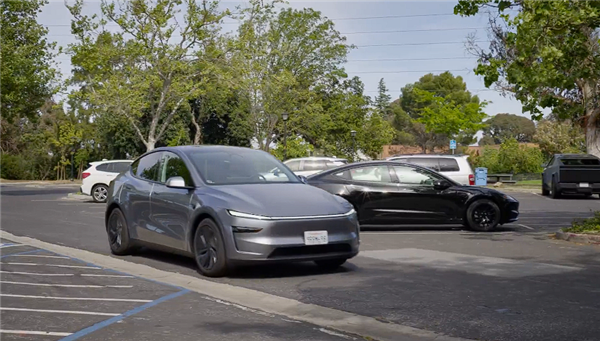
By leveraging the existing fleet and a large number of customer vehicles, Tesla not only significantly reduces its capital expenditures for fleet expansion and operation but also effectively transfers a substantial amount of operating costs, such as charging, cleaning, maintenance, and insurance, to individual car owners.
Clearly, this model is vastly different from that of Waymo, Cruise, Baidu, Pony.ai, and other autonomous vehicle companies. It not only enables operations at extremely low costs but also allows Tesla to generate revenue from sources beyond just selling cars.
On the one hand, there are vehicle manufacturing and autonomous driving software sales, and on the other hand, there are ongoing and recurring revenues generated by these vehicles in Robotaxi services.
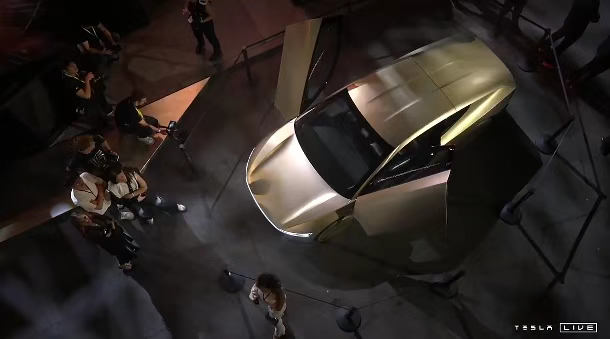
This dual model enables Tesla to capture a larger share of economic value throughout the operating lifecycle of its vehicles. Musk has previously predicted that the operating profit margin of its Robotaxi business will reach 70% or even higher.
At the 2024 shareholder meeting, Musk stated, "Robotaxi will bring a $5 to $10 trillion increase in the company's market value. Combined with the contribution of the humanoid robot Optimus, Tesla's total market value will eventually reach 10 times that of Apple's current value, exceeding $30 trillion."
Multiple Wall Street analysts believe that FSD and Robotaxi business valuations account for a significant portion of Tesla's current trillion-dollar market value. If the service is successfully launched in June, it may drive up the stock price; conversely, technical or operational errors will lead to significant corrections.
Similarly, Morgan Stanley's latest model shows that if Robotaxi is successfully launched as scheduled, Tesla's target price can be revised upwards to $300 (a 40% increase from the current price), while a delay will trigger a 23% valuation correction.
With the long-awaited Robotaxi finally making its debut, can Musk turn the tide this time?

